BLOGS
Zen Garden: Beauty in the Ordinary
For other people, their yard, garden, or space in their house is a refuge from the outside world, where they can work after a long and tiring day at work.
Creating a Zen garden in your house is one of the great ways to improve your focus, develop a sense of well-being, and reduce stress.
What is a Zen Garden?
Zen gardens are also known as Japanese zen gardens or rock gardens, but its not just about rocks, sand, gravel, and the landscape, it is more than that, and it is like an art. Its appeals to people who like carefully controlled settings of rocks or raked white gravel or raked sand and precisely clipped shrubs. If you’re a person that more likely to find serenity when surrounded by soft-textured plants and wildflowers and find peace in the natural look of a woodland setting, you should think about a natural and more traditional garden. Zen gardens emphasize the principles of naturalness (Shizen), simplicity (Kanso), and austerity (Koko).
In the 6th century, the monks of zen Buddhism created the first zen gardens garden spaces for meditation purposes. And later on, they started using the gardens to teach zen principles and concepts. The structure and design of the gardens have been refined over and over the years, but the basic structure remains as is. with the Japanese culture.
A traditional zen garden, also called karesansui, is a minimalist dry landscape that consists of natural elements of gravel, stones, rocks, wood, and sand, with very few plants and no water features. Zen gardens also consist of man-made components such as statuary, stone lanterns, and bridges, and they must also have an enclosing fence or wall for separation of the space from the outside world because your focus must only be on landscape gardening.
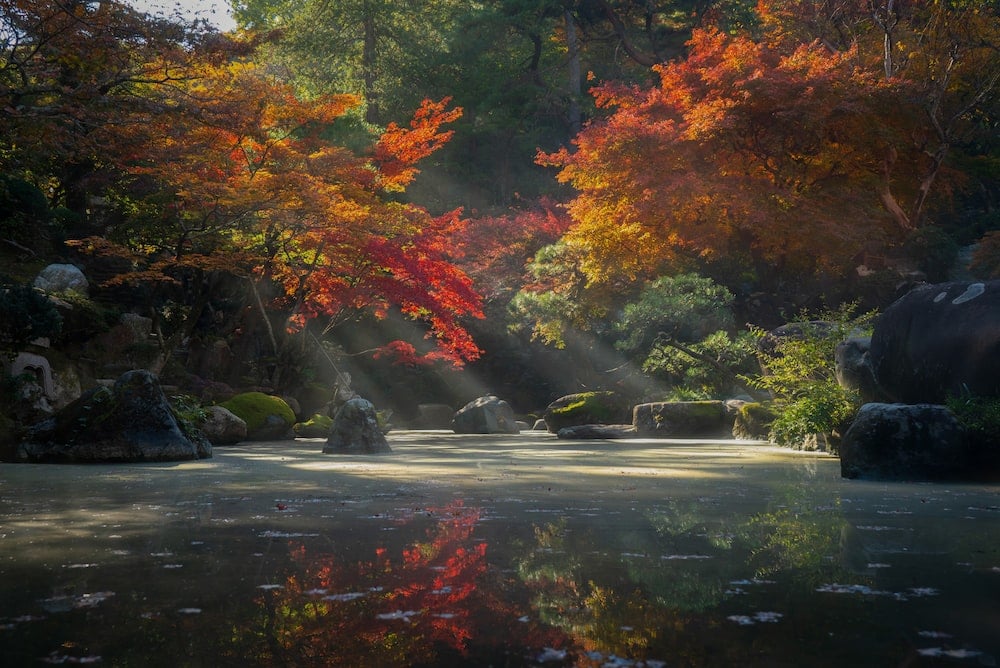
A lot of gardeners, stones – alongside weeds and blackflies, slugs – are a pest, something to be eliminated. But in Japan, some of the most amazing gardens consist of nothing but stones and rocks.
Rocks and stones are essential elements in Japanese garden, and the ultimate expression of the beauty of stones lies in the rock gardens, dotted with vertical stones and expanses of raked white sand and gravel.
Rock gardens first became popular in the Kamakura Era (1185 – 1333), and Zen Buddhism from China in the late 13th century followed. And these gardens continued to develop in the Muromachi period (1333 – 1573). Zen emphasized the importance of meditation and a more mindful and simpler outlook. And during the Muromachi period, zen-related art, including tea ceremony, martial arts, calligraphy, landscape gardening, and arrangements of flowers, blossomed.
Zen is not just sitting cross-legged and about meditation. All manner of activities, from tea ceremony to sweeping the garden and chopping vegetables to landscape gardening and flower arrangement, are all considered practices of zen discipline, aimed at working toward spiritual awakening and focusing the mind.
The first time you visit a Zen garden, it is hard to neglect a sense of awe at the mesmerizing sight of the raked gravel – in straight lines, in wavy lines, or concentric circles – and broken only by a handful of rocks, perhaps a clump of moss or a shrub or two, but definitely without flowers
The basic principle of zen gardening in your house can be tailored according to your ideas, style, and inspiration.
How to make a Zen Garden?
Creating your spaces and homes more meaningful is adding features such as a zen garden. It is no surprise that zen garden ideas are popular in home design nowadays. They are simple yet gorgeous, and it does not need regular maintenance. And Additionally, as far as home and garden designs go, it is a way to make your outdoor space feel cozy and calm. Zen garden ideas can still be achieved even in the smallest spaces possible.
Pick a Site
Decide what part of your yard or space would be suited for just meditation space and just gardening. Choose a flat and narrow side yard that is perfect to create a comfortable area for meditation.
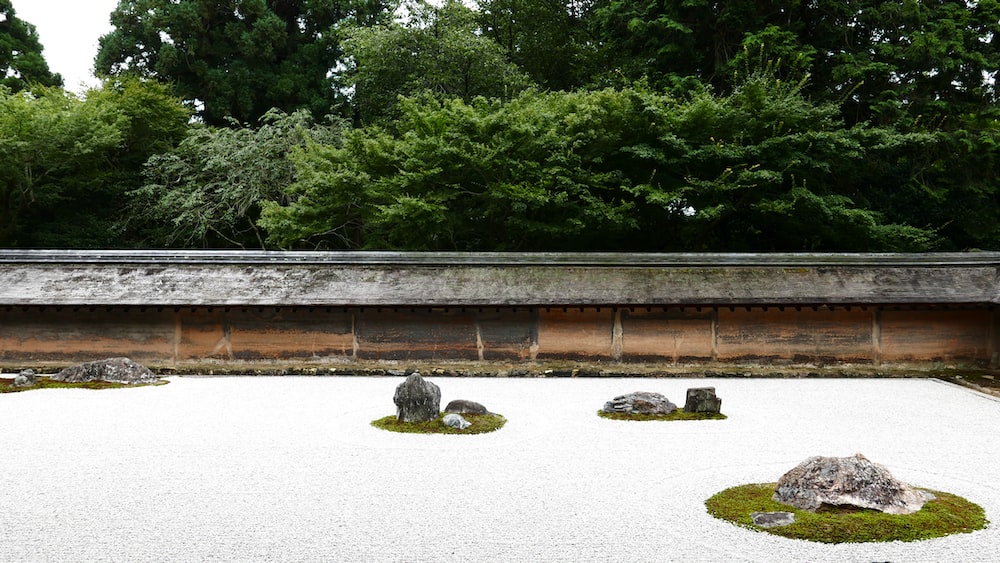
Draw a Design
To visualize your space and landscape, create a rough sketch. You can also consult and ask more info, design tips and style with a professional landscape designer to elaborate your project more. You will also need your creative ideas, style, and inspiration to achieve your dream zen garden in your new home turn into a reality.
Create a Stepping Stone Pathway
To get from the house to the gate or from lawn to shed, every garden needs a path or two. But it also does not need to be practical. Pathways can also encourage mindfulness when weaved around a statue, a tree, or a body of water.
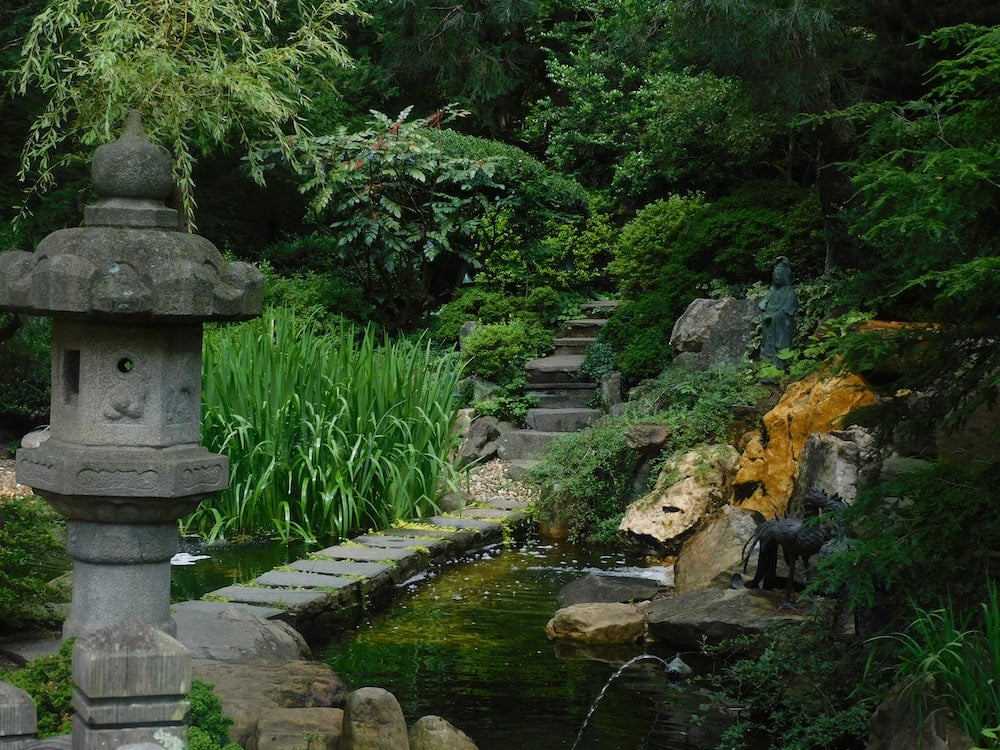
You can use your stepping-stone ideas and inspiration. Opt for natural stones and keep lines curved to illuminate pathways.
Add an Enchanting Bridge
Bridges are one of the features and are a well-known addition to Japanese zen gardens. It is not just because of their aesthetic value, but it also encourage feelings of reflection and it represent a journey of transition.
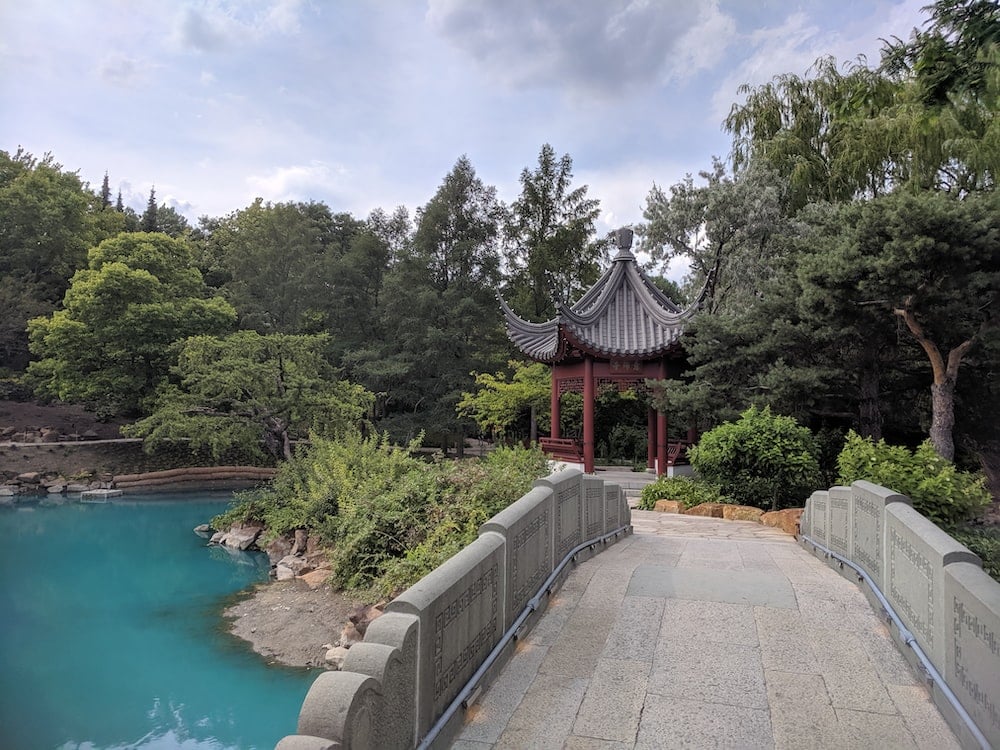
If you have a small stream or a pond, a simple wooden structure would be a beautiful feature. But, if you don’t have any sources of water to justify a bridge, you just need your creative ideas and style, and symbolic features are an alternative in zen gardens. And finely crushed gravel, dry sand, or a pool of pebbles can be used to symbolize the flow of water instead.
Bring Color to the Scene
Zen gardens tend to stick to simplicity with a simple palette that resembles nature, like the color of the natural stones and the green foliage. But a pop of color can add a pleasing touch to your zen gardens.
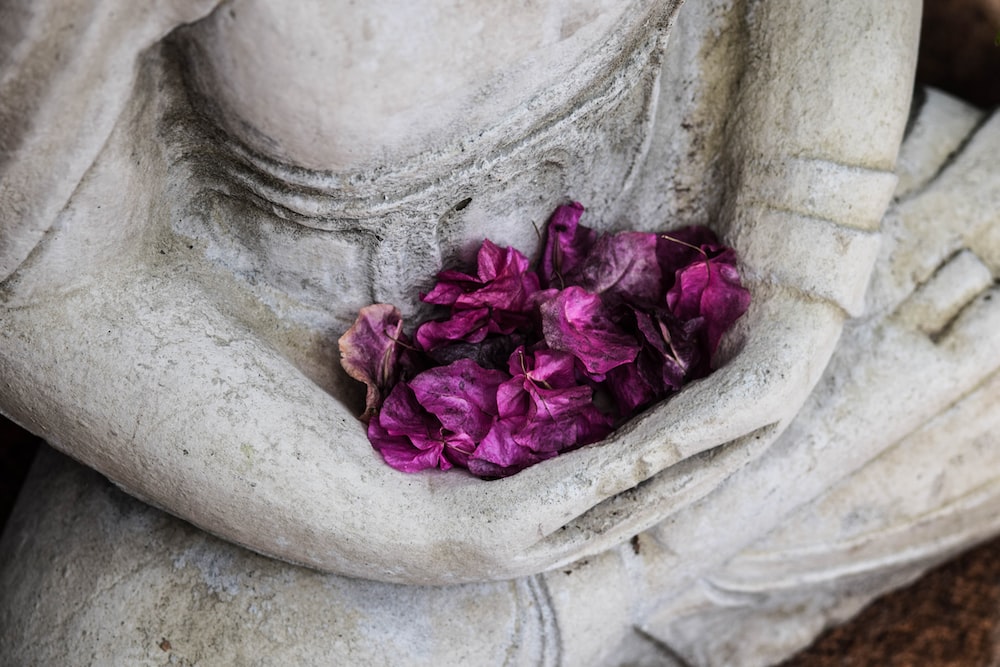
What is the Zen Garden Elements?
Each element in Zen Garden has a deep symbolic meaning. Raked sand or gravel symbolizes water, while larger rocks can be represented as mountains, islands, animals, or natural elements such as earth and fire. A zen garden should be quiet and should have privacy and aesthetic beauty.
Rocks
In Japanese design, rocks are the most important component, as rocks symbolize and represent the human desire for eternity and enduring elements in nature. It is crucial to a cohesive zen design to choose and sit larger rocks. And larger rocks should be installed on flat surfaces first since it is the heaviest material and the primary focus in your zen space.
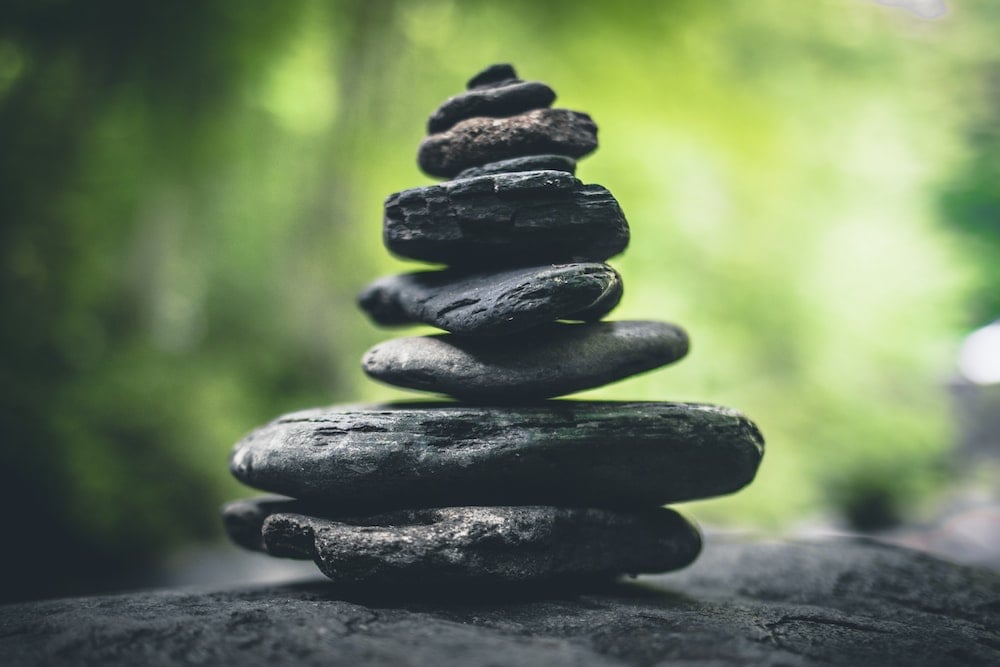
Gravel
The integral part of the zen garden is the gravel, especially with the raked gravel pattern, because it has a symbolic meaning. And the act of raking the gravel is part of the meditation process and an acquired skill that helps improve your mental concentration. You will also need your creative ideas to create your gravel area as refreshing, relaxing, and creative as possible.
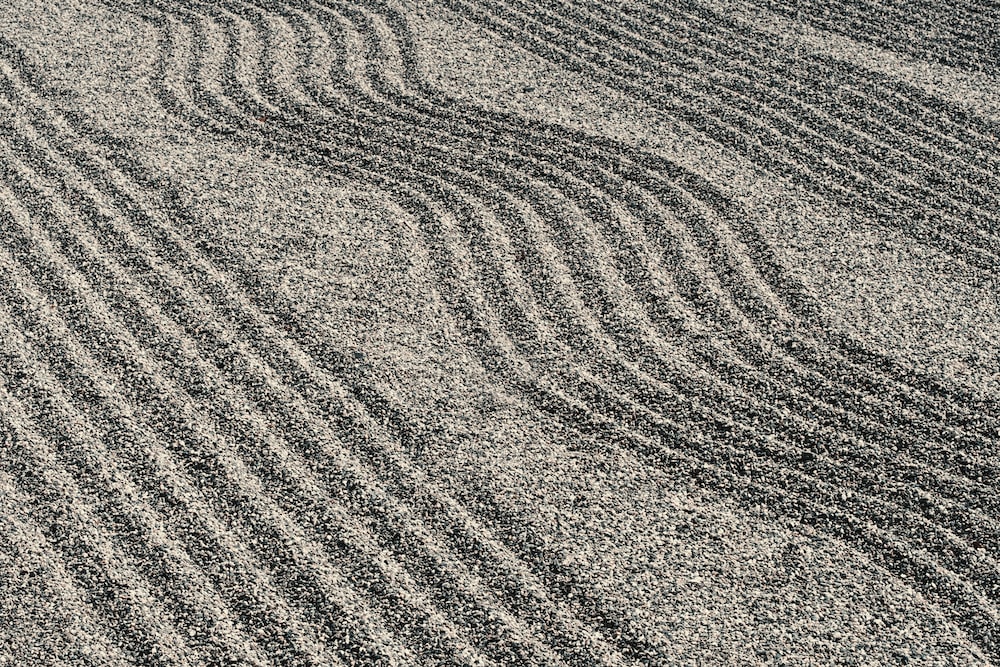
Though sand can also be used, gravel is easier to maintain and is more durable. You can use finely crushed gravel pea gravel or small smooth pebbles, which are easier to rake to create patterns. And the colors that are mostly used in the zen garden are cream, grey, and white.
Water
Although water is not part of a traditional zen garden, its sound of moving can create a more relaxing environment and also for meditation.
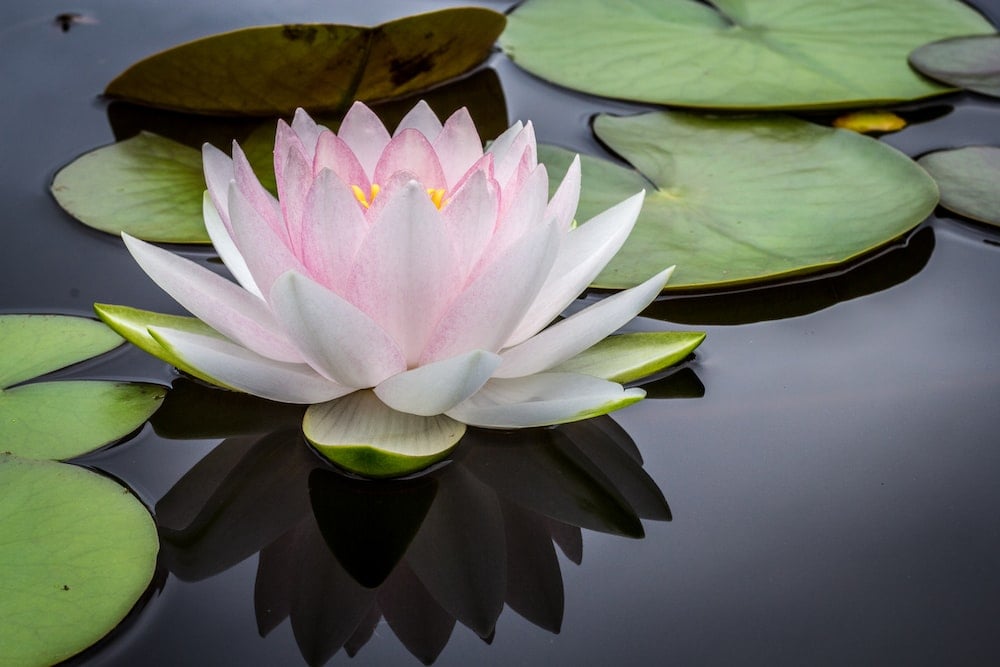
Plants
While zen gardens use few plants, you can still tailor this aspect with your ideas and style. The best plants for a zen garden include dwarf conifers, Japanese maples, bonsai, azaleas, topiaries, bamboo, and ferns. And the amount of sunlight your zen space receives will determine whether shade or sun lovers will work best.
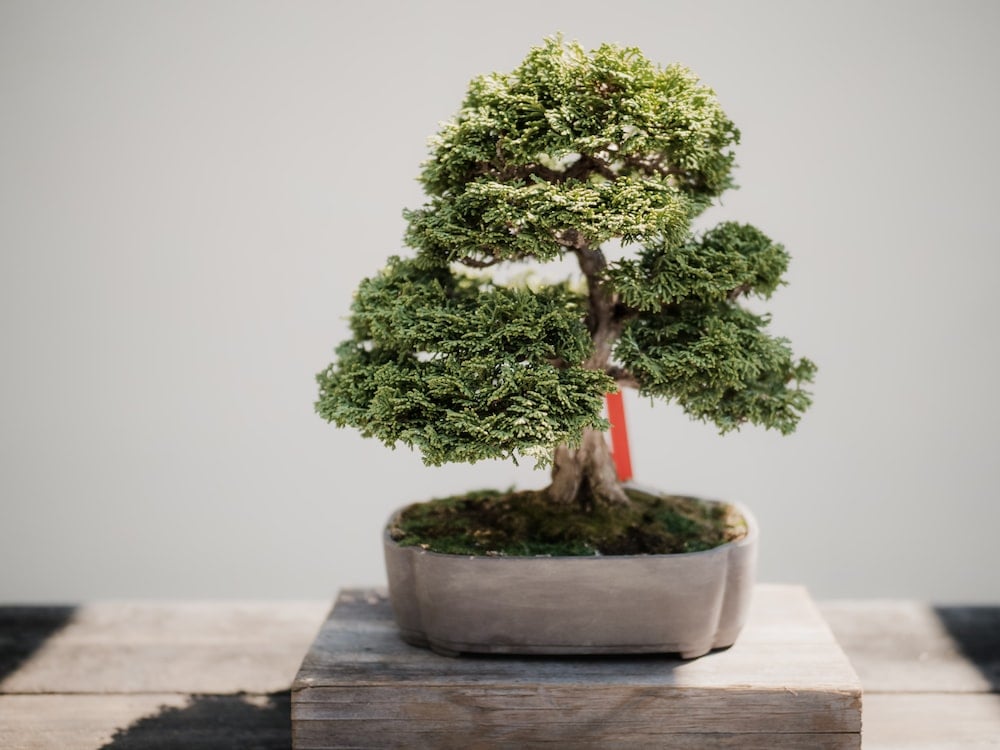
Screening
To create a more private and secure garden room, enclose the room or the area with wall fencing such as lattice panels, formal hedging, or a bamboo screening.
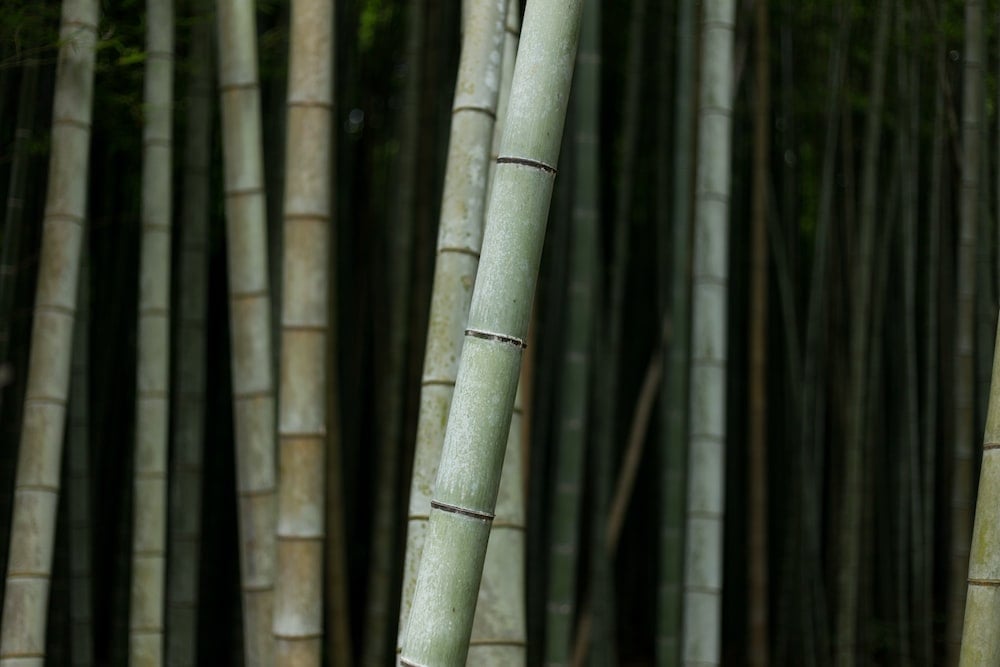
Statuary
Statuaries can serve as an inspiration for meditation, and it also becomes a major focal point. You may include Japanese lanterns or buddha figurines and place them in a prominent area in the garden.
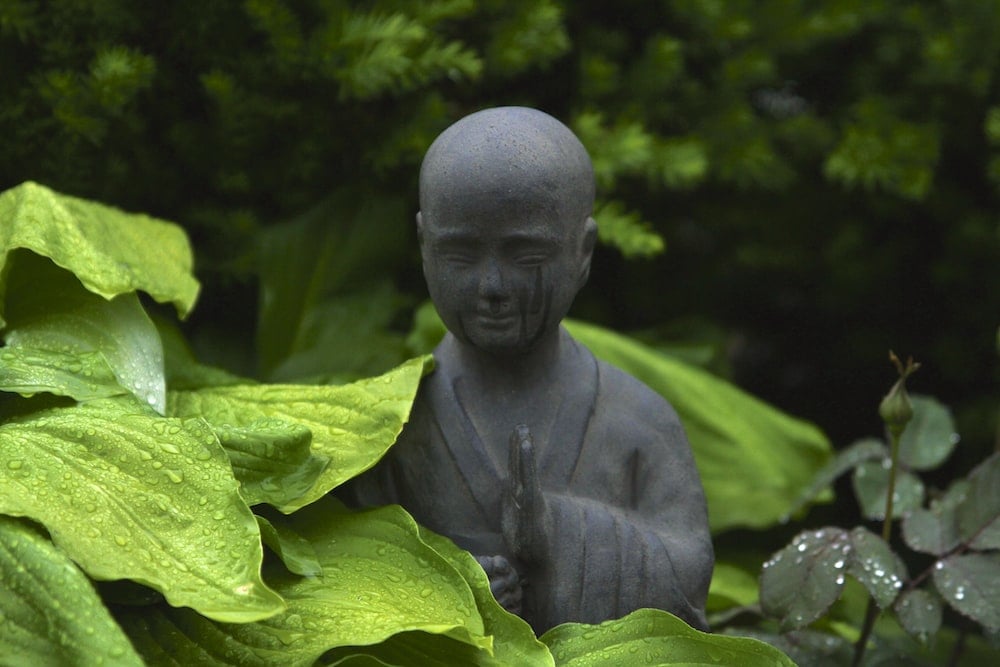
How to maintain a Zen garden?
A zen garden also requires regular maintenance to look its best.And caring for the garden is also an important part of the meditative process.
Rake gravel
To keep the patterns crisp and look fresh, you have to rake them regularly.
Pick up Leaves
Rake or pick out the fallen leaves from the gravel to keep your garden looking neat, you also need to clean up any loose debris around the statuary and stones.
Prune
To maintain a neat look, always keep the plants pruned. You can shred the shrubs or shape them into topiaries. And if needed, you can cut out the dead branches.
Incorporating a Japanese garden or a zen
garden in home design, you will not need any interior designer to achieve a beautiful landscape and an interior design. It is like an art, and you have to use your creative ideas, styles, and inspiration for your zen spaces that you can see in augmented reality. As long as it serves it purpose, you are good to go and can already relax with your new space at your home.
Suggested Read: Things We Need To Know In The Science Of Meditation
Suggested Read: Where Are The Major Fault Lines In The Philippines
Suggested Read: Top Golf And Country Clubs Around The World
Suggested Read: Italian Home Best Features
Suggested Read: The Science Of Meditation























